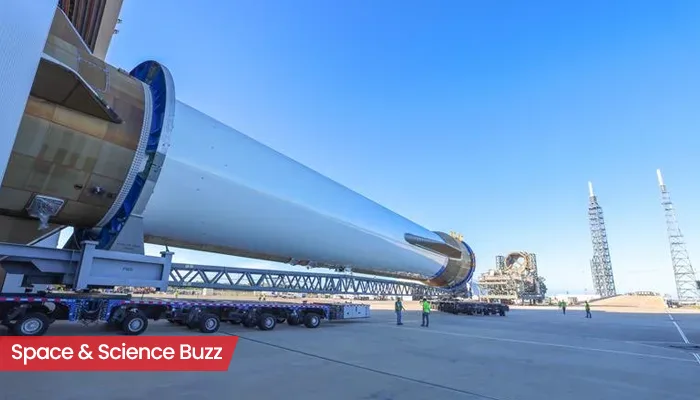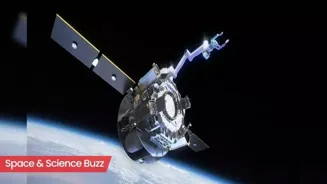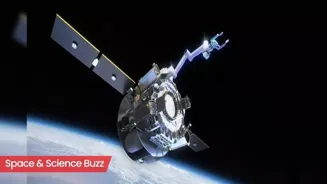A Cosmic Visitor
The interstellar comet 3I/ATLAS, a celestial wanderer, captured the attention of scientists and space enthusiasts alike when the Perseverance rover on Mars
captured its image. This event marked a significant moment, as the rover, designed to study the Martian environment, unexpectedly encountered and documented an interstellar object. The comet's unusual trajectory, different from those of comets originating within our solar system, immediately triggered speculation about its origins and nature. The image captured by the rover provided the first concrete visual evidence, setting the stage for further study and discussion within the scientific community. This initial encounter has underscored the importance of comprehensive space exploration and the unpredictable nature of cosmic events.
The Alien Probe Theory
The unusual characteristics of 3I/ATLAS, particularly its trajectory and appearance, have led to the rise of the 'alien probe' theory. Proponents of this theory suggest that the comet might be an advanced technological device sent by an extraterrestrial civilization. The comet's unique path, its apparent composition, and the potential for unusual signals have fueled these speculations. While there's no conclusive evidence to support this claim, the concept has gained traction, sparking numerous debates within the science community. The core of the argument rests on the idea that the comet's unusual features are not explained by natural phenomena and indicate an artificial origin, which has ignited further investigations.
Unusual Trajectory Analysis
One of the key factors driving the discussion surrounding 3I/ATLAS is its unusual trajectory. Unlike comets that originate within our solar system and follow predictable orbital paths, 3I/ATLAS appears to be traveling from interstellar space, entering our solar system on a path that is not commonly observed. This deviation from typical comet behavior has made it a prime focus for research and analysis. Scientists are trying to understand the precise trajectory, speed, and possible origin point of the comet. Detailed orbital calculations and tracking efforts are underway to refine our understanding of its movement and its potential encounter with other celestial bodies.
Perseverance's Role
NASA's Perseverance rover played a pivotal role in capturing the first images of comet 3I/ATLAS on Mars, an event that was purely coincidental. Originally designed for geological and environmental research on Mars, the rover's advanced camera systems unexpectedly caught the comet. This unplanned observation was a result of the rover's comprehensive exploration program and its constant surveillance of the Martian landscape. The data collected by Perseverance, including images and any potential spectral analyses, has become a cornerstone for future investigations. The successful documentation of the comet's appearance has demonstrated the rover's versatility and the capability to make unexpected scientific discoveries.
Cosmic Artifacts or Nature?
At the heart of the debate lies the question of whether 3I/ATLAS is a natural cosmic object or an artificial artifact. Those supporting the 'natural' explanation argue that the comet's unusual features could be explained by currently understood scientific principles. They propose that the comet may have formed in a unique environment and traveled to our solar system through natural interstellar processes. In contrast, the 'artifact' hypothesis suggests that the comet's characteristics, such as its trajectory and possible composition, are more consistent with artificial design and extraterrestrial origin. The absence of definitive evidence and the challenges in confirming either perspective, make this a complex and engaging area of scientific inquiry.
Future Investigations
Further investigations will be crucial in determining the true nature of comet 3I/ATLAS. Scientists plan to use advanced observation techniques, including in-depth analysis of the captured images and potential spectroscopic studies. These methods could help to uncover the comet's composition, structure, and any potential anomalies that might point to its origin. International collaboration, involving multiple space agencies and research institutions, is expected to play a crucial role in this endeavor. As technology advances, scientists aim to collect more data, refine their models, and clarify the role of 3I/ATLAS within the broader context of space exploration and the search for extraterrestrial life.







